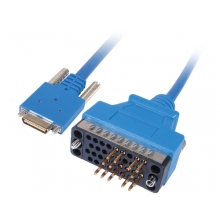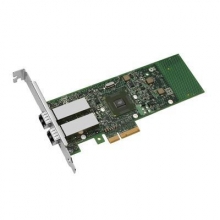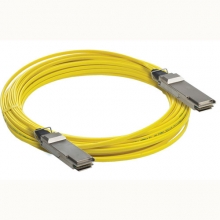- Optical Transceivers
- SFP+ Transceivers
- XENPAK Transceivers
- XFP Transceivers
- X2 Transceivers
- SFP Transceivers
- Compatible SFP
- 3Com SFP
- Alcatel-Lucent SFP
- Allied Telesis SFP
- Avaya SFP
- Brocade SFP
- Cisco SFP
- D-Link SFP
- Dell SFP
- Enterasys SFP
- Extreme SFP
- Force10 SFP
- Foundry SFP
- H3C SFP
- HP SFP
- Huawei SFP
- Intel SFP
- Juniper SFP
- Linksys SFP
- Marconi SFP
- McAfee SFP
- Netgear SFP
- Nortel SFP
- Planet SFP
- Q-logic SFP
- Redback SFP
- SMC SFP
- SUN SFP
- TRENDnet SFP
- ZYXEL SFP
- Other SFP
- FE SFP
- GE SFP
- OC3 SFP
- OC12 SFP
- OC48 SFP
- Copper SFP
- CWDM SFP
- DWDM SFP
- BIDI SFP
- Fiber Channel SFP
- Multi-Rate SFP
- SGMII SFP
- Compatible SFP
- GBIC Transceivers
- Passive Components
- Networking
- Cables
- Equipments
- Tools
- Special Offers


Looking Beyond the Period of “Unusual Uncertainty”
While the global financial community feeds on quarterly market fluctuations, business managers must focus on the longer term perspective. The optical communications industry enjoyed several quarters of solid growth in late 2009 and early 2010. The majority of suppliers reported solid performance in Q2 2010 as well, but John Chamber’s comments on “unusual uncertainty” combined with flat guidance on Cisco’s revenue in Q3, left a bitter aftertaste to the latest season of earnings calls. Later, Intel and AMD chimed in to predict a slowdown as well. While market statistics remains solid, majority of vendors started seeing signs of weakness or at least some hesitation among their customers. A deteriorating outlook for economic growth in the United States added more pessimism to the situation, letting the financial community to take full advantage of the uncertainty.
Addressing this situation, LightCounting is releasing a preview of the market forecast update a few weeks ahead of the report publication date, offering analysis of the optical communication supply chain that looks beyond the near-term uncertainty. The report offers detailed analysis of top ten service providers, summary of telecom and datacom equipment sales and detailed forecast for sales of optical components and modules used in Ethernet, Fibre Channel, SONET/SDH, WDM, FTTx, Parallel Optics, and Wireless Backhaul applications:
The majority of the market segments mentioned above had an incredibly strong Q1 2010, as described in our July Optical Communications Market Update Report. Growth in Ethernet and Fibre Channel transceiver sales was well correlated with increasing sales of datacom equipment, as the supply chain responded quickly to changing demand. While growth in these market segments slowed down in Q2 2010, LightCounting expects sales of Ethernet and Fibre Channel modules to grow by 20–30% in 2010, increasing well above pre-recession levels, despite a weaker second half of the year. The growth will remain in double digits in 2011–2014, driven by sales of 8G and 16G Fibre Channel and 10G Ethernet modules and an increasing role of optics in datacenters. The need for 10Gbps is present, but the copper 10GBase-T alternative is not ready for prime time, making optical the only choice for 10G.



















































